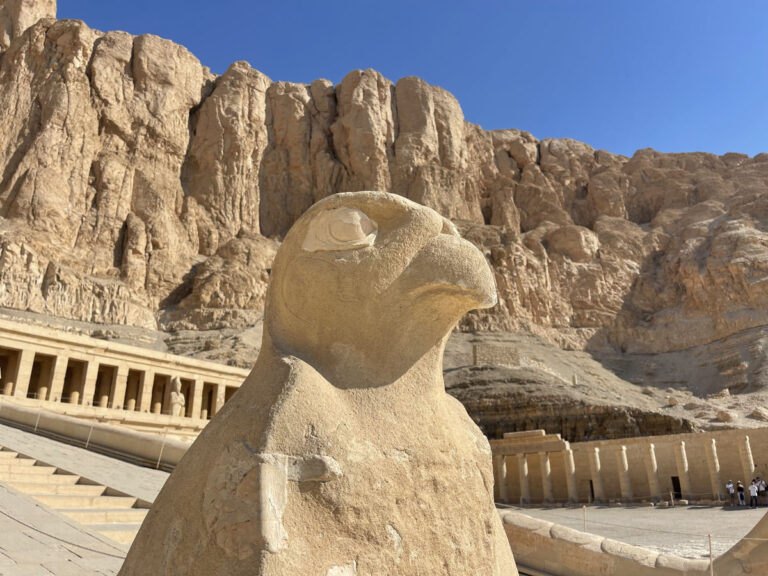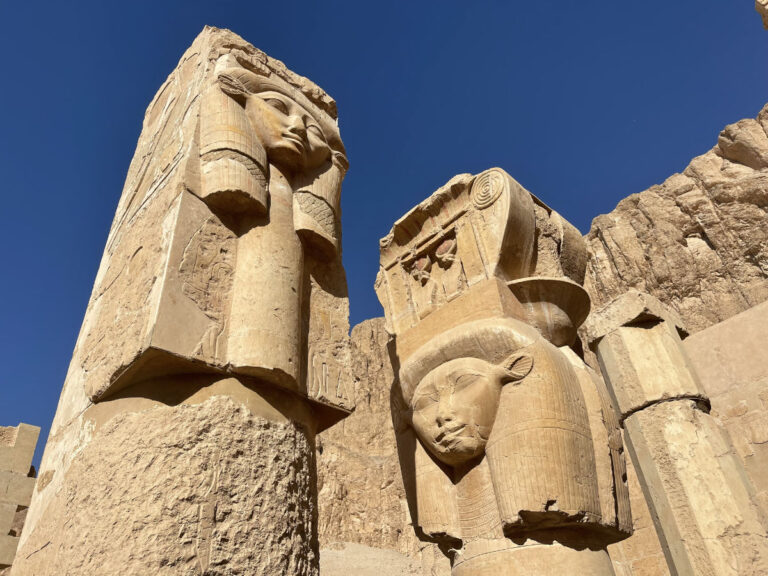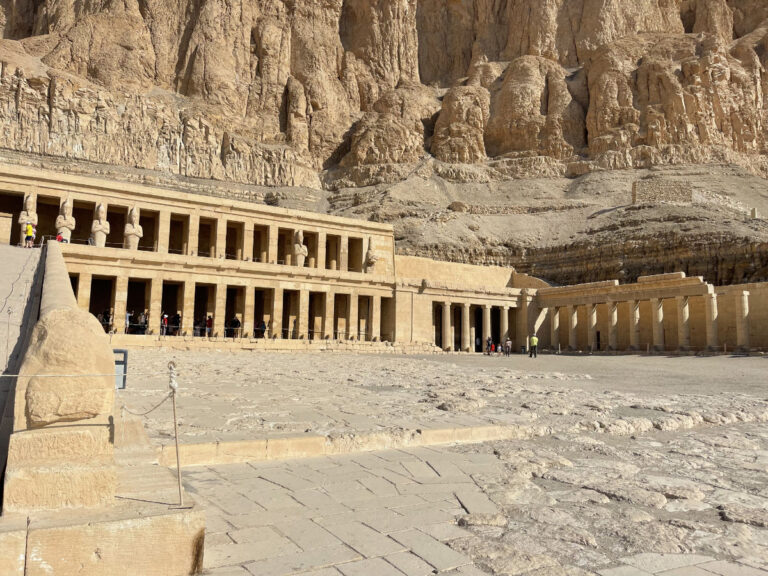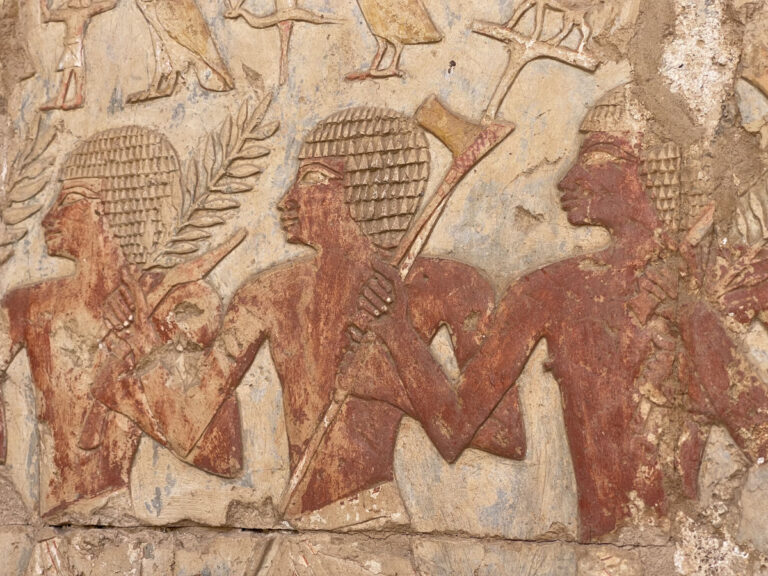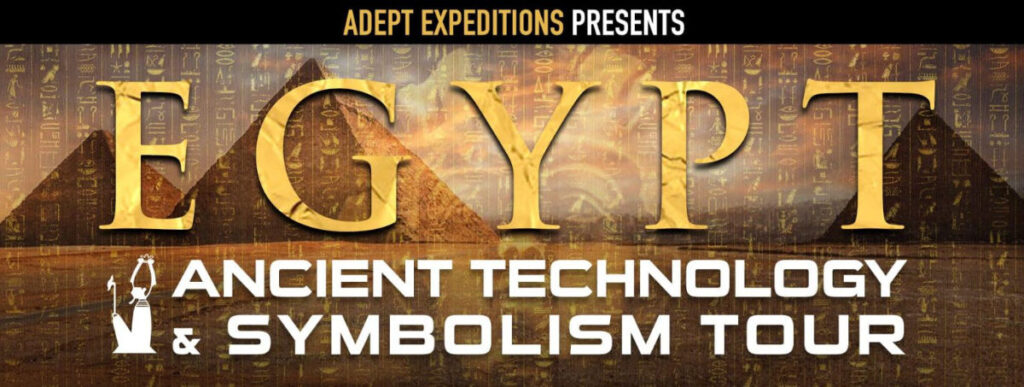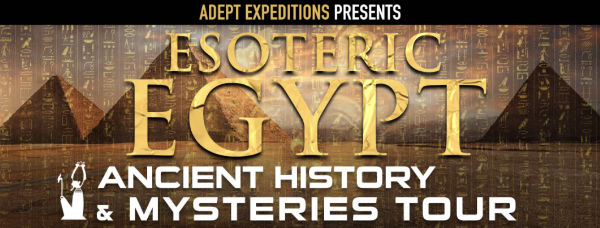
The most Complete Guide for visiting Hatshepsut

Hatshepsut
The mortuary temple of Hatshepsut, also known as Djeser-Djeseru (“the sublime of the sublime”), was built to worship the god Amun-Ra.
It was built under the order of Queen Hashepsut, daughter of Thutmosis I, who ruled Egypt for 20 years during the XVIII dynasty (1490 – 1469 BC).
The reliefs in the Temple of Hatshepsut tell the story of the divine birth of the pharaoh-queen Hatshepsut, the first of her kind.
Although the statues and other ornamental details were stolen or destroyed over the years, in its time, the temple housed statues of Osiris, sphinxes, and numerous sculptures of Hatshepsut in different positions: standing, sitting, or kneeling. Several of these portraits were destroyed by order of her stepson Thutmose III after the sovereign’s death.
It is considered “one of the incomparable monuments of Ancient Egypt”.
Interesting Facts
- The stepped form of Hatshepsut corresponds to the classic Theban style, with architectural elements such as open-air courts, chapels, and shrines.
- Sunlight enters the chapels carved into the interior of the Theban mountain. In addition, a system of light boxes allows a representation of the god Amun-Ra to be lightened, then the light reaches a kneeling figure of Pharaoh Thutmose III also gets illuminated and, finally, the image of the god of the Nile, Hapi.
- The architecture of the original temple has been considerably altered as a result of a faulty reconstruction in the early 20th century.
The temple of Hatshepsut is open year-round from 6 a.m. to 5 p.m
Visitor 160 EGP
Student 80 EGP
The best time to visit is first thing in the morning to avoid crowds of tourists and the heat.
The estimated tour time is approximately 45 minutes.
Hatshepsut Video
(15:11 minutes)

Learn about Egypt and Luxor The Valey of the Kings Karnak Ramesseum the list goes on...
You shouldn't miss...
The Valley of the Kings
The Valley of the Kings
Karnak
Medinet Habu
More about Hatshepsut
Who was Hatshepsut
Hatshepsut (1479-1458 BC) was the first woman in ancient Egypt to rule as a man with the full authority of the pharaoh. Her name means “The most important of the noble women” or “the first among the noble women”. She began her reign as regent for her stepson Thutmose III (1458-1425 BC), who was to succeed her, and initially, she ruled as a woman, as depicted in statues of her. However, around the seventh year of her reign, she decided that she should be represented as a male pharaoh in statues and reliefs, despite continuing to refer to herself as a female in her inscriptions. She was the fifth pharaoh of the 18th dynasty during the period known as the New Kingdom (1570-1069 BC), and she is considered one of the best.
Although she is sometimes named as the first or only female ruler of Egypt, there were women who ruled before her, such as Merneith (3000 B.C.E.) in the Archaic Period (probably as regent) or Sobekneferu (1807 -1802 B.C.E.) in the Middle Kingdom, and Twosret (1191-1190 B.C.E.) after her towards the end of the Nineteenth Dynasty. Hatshepsut, despite being neither the first nor the last, is without a doubt the best-known female ruler of ancient Egypt after Cleopatra VII (c. 69-30 B.C.E.) and one of the most capable monarchs in Egyptian history.
The Temple of Architecture
The temple’s construction lasted 15 years, with the works beginning in 1483 B.C.E. It was built both in the open air and partially excavated in the rock and arranged on terraces.
Unlike other mortuary temples, the one at Deir el-Bahari was not surrounded by walls, allowing the people to view it from the outside.
Constructed of white local limestone blocks, the complex is composed of a low temple, and a causeway, and organized on three levels by overlapping terraces supported by porticoes. It also has pillars and columns, and three courtyards.
An exciting part of the building’s architecture, are the columns that merge with the slope of the mountain, located behind the temple.
The architect Senenmut achieved a perfect harmony of proportions. The temple is partly rock-cut and partly built externally, based on the previous constructions by Mentuhotep I.
On the north wall of the temple, the story of the divine birth of the queen is recreated, according to which she was fathered by the same god Amun, to justify his accession to the throne to the detriment of the true heir: Tutmosis III, son of Hatshepsut’s husband and brother.
Download Luxor's Travel Guide from here:

Available on Apple Books, Kindle and Google Play Books.

